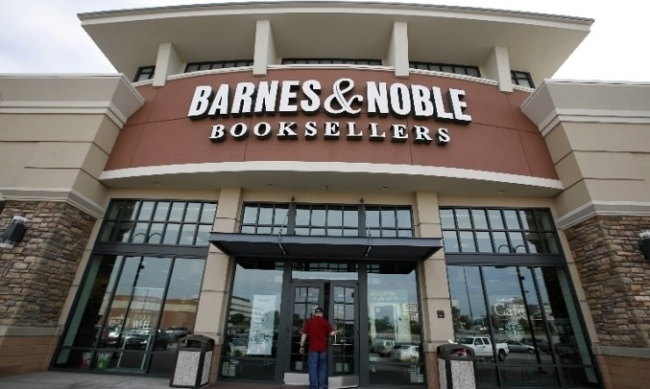Barnes & Noble announced a number of dramatic changes in the way it runs its stores in conjunction with the release of its fiscal Q2 (ended October 28) financial results Thursday. Those changes include reducing the number of SKUs in the chain’s gift and games & toys categories and reducing the average store size significantly over time.
The quarter itself was another disappointment, as most have been in recent years (see “Barnes & Noble Has Surprisingly Big Sales Decline”), with an operating loss over $20 million higher than the loss in the same period last year: $52.2 million vs. $29.3 million in 2016. Net loss after taxes smoothed things out somewhat, with a loss of $30.1 million in 2017 vs. a $20.4 million loss in the company’s fiscal Q2 2016.
Sales were down 7.9%, with same store sales down 6.6%. Half of the same store sales decline was due to declines in non-book categories, the company said, with the other half due to tough comps against a Harry Potter release.
Barnes & Noble began cutting its non-book SKUs during the quarter, affecting margin as it discounted non-returnable product to move it through. “This decision is part of our broader strategy to grow sales and become more productive by featuring a narrower product assortment with higher turnover,” B&N CEO Damos Parneros said in the conference call (transcript via Seeking Alpha). “Going forward we will place a greater emphasis on books, while further narrowing our non-book assortment.”
This is starting to sound familiar, as Trans World, which just reported this week, also noted declines in sales of its non-core (collectibles and games) categories, requiring sales to move out dead inventory (see “FYE Stores Hurt by Mall Traffic”).
Barnes & Noble has been testing new concept stores and opened two more in the quarter, in Plano, Texas, and in Ashburn, Virginia, with the Plano store only 10,000 square feet, much smaller than the current average store size of around 26,000 square feet. That’s part of a trend with the concept stores, which range in size from 5,000 square feet to 20,000 square feet; average store size is going down, and non-book categories are going to get squeezed in the new smaller-format stores. “Clearly, we’re going to prioritize books first and then as space permits, we’ll go into our gift and educational toys & games category,” Parneros said of the smaller formats.
Roughly 120 of the leases for the chain’s 632 bookstores turn over each year, so it will take a while for the new store formats to take effect, but there’s a plan in place to cut the square footage of the chain significantly.



